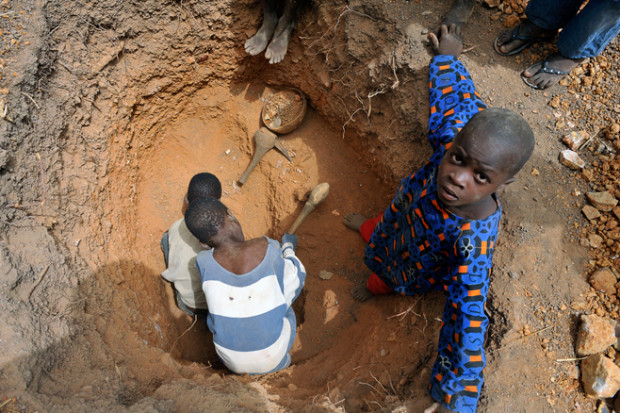
It has emerged that more than 1.9 million children in Ghana between the ages of 5 and 17 are employed in dangerous child labour roles across the country.
What makes this new revelation more alarming is the fact that 1.2 million of these children are said to be engaging in hazardous forms of child labour such as fishing on the high sea, mining and quarrying heavy stones; all of which are life threatening occupations.
The children who engage in these forms of hazardous work are said to be often exposed to various forms of abuse, countless dangers at the workplace and some even become casualties or suffer permanent incapacitation.
The Ghana Statistical Service (GSS) who carried out the research said this figure was arrived at after carefully studying the Ghana Living Standards Survey Round Six (GLSS6) which was conducted between 2013 and 2015.
The GSS is Ghana’s public institution, they are responsible for public statistics at all levels, serving as the guide for policy makers and other stakeholders responsible for nation-building.
The figures indicate that the number of children who do not attend school but instead participate in economic activities was much higher than those currently in school in the country. That is a serious setback for the country’s Vision 2020 policy which seeks to get every child in school by the year 2020.
The breakdown of the statistics showed that children who participated in economic activities while attending school constituted 26.3 per cent, while those not in schools constituted 41.6 per cent.
5.4 per cent of children currently in school work for 43 hours or more compared to 36.4 per cent of those not attending school.
The percentage of male children in child labour was slightly higher than females, while the number in rural areas is higher than those in urban areas.
The number of children in the rural Savannah areas of northern Ghana who participated in economic activities were higher compared to those in the rural forest and rural coastal areas in the middle and southern parts of the country. For the coastal areas, children are said to be engaging in fishing on the high sea and rivers. Ghana is bounded to the south by the Atlantic Ocean.
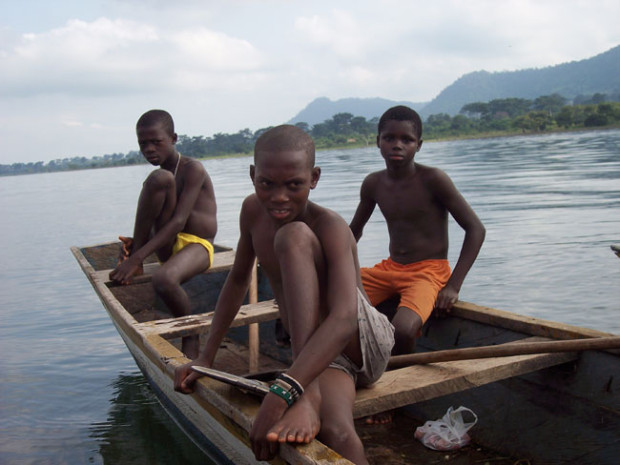
The Upper West Region of the country was said to have the highest percentage of children in child labour. An overwhelming 92.4 per cent of children in that region engage in agricultural, illegal mining and other related activities which are designed for adults.
The survey attributed the causes of child labour in the country to poverty, indicating that until parents were able to support themselves financially, children would continue to be used to help complement household incomes.
Non Governmental Organizations, Civil Society Organizations and children rights groups have called for holistic measures to prevent the rise of child labour in the country.
Child labour refers to the employment of children in any work that deprives children of their childhood, interferes with their ability to attend regular school, and that is mentally, physically, socially or morally dangerous and harmful.
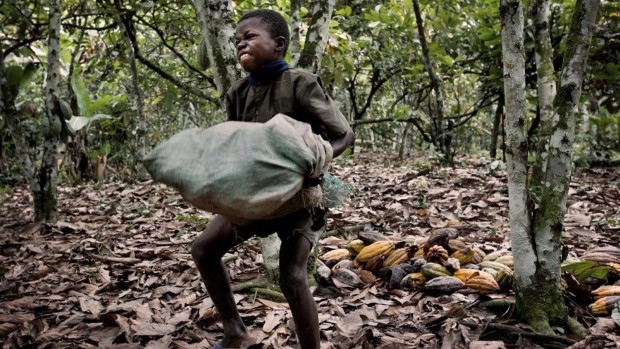
Children make up almost 35 per cent of the 25,904,598 Ghana’s entire population and there are concerns that the number is likely to increase due to the country’s high birth rate. Ghana’s current birth rate stands at 16.03 births/1,000 population.
The concept of child labour is based on the International Labour Organization (ILO) Minimum Age Convention, 1973 (No. 138), which represents the most comprehensive and authoritative international definition of the minimum age for admission to employment or work. The Ghana Children Act which was promulgated in 1998 also buttress the ILO convention by forbidding children under 18 years of age to do the following work: going to sea, mining and quarrying, porterage of heavy loads, working at manufacturing industries where chemicals are produced, working in places where machines are used, working in places such as bars, hostels and places of entertainment where a person may be exposed to immoral behavior.
But despite all these laws, children continue to be subjugated across the country. Some childrens rights groups have said that the implementations of the laws are very weak.
Other independent observers have also observed that in order to expand access to the legal provisions on child labour, it will serve the country the greatest good to translate the Children’s Act, the Human Trafficking Act, the Domestic Violence Act 2007 (Act 732) and other relevant legislation into braille, audio, visual and simplified versions. These versions can then be disseminated to schools for the blind and public libraries for the Ghanaian public to become enlightened about the dangers associated with child labour and how it can retire economy growth and development.
Anonymous will continue to follow this story. The children are our future. We cannot afford to destroy them at this tender age. Everybody must get onboard to rescue these children from this subjugation. Expect us!



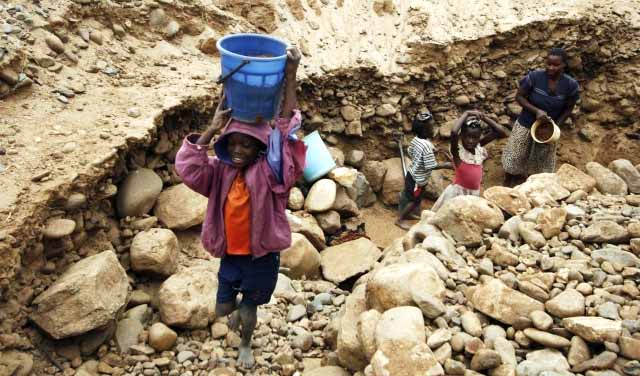

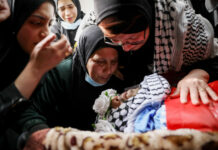
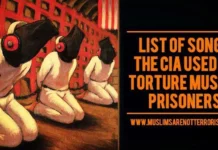
No mention of the corporations profiting from this? Isn’t that helping whoevers profiting from this horror.name them all,publicly shame them.how hard is it to follow the money?
Fucking aye bro